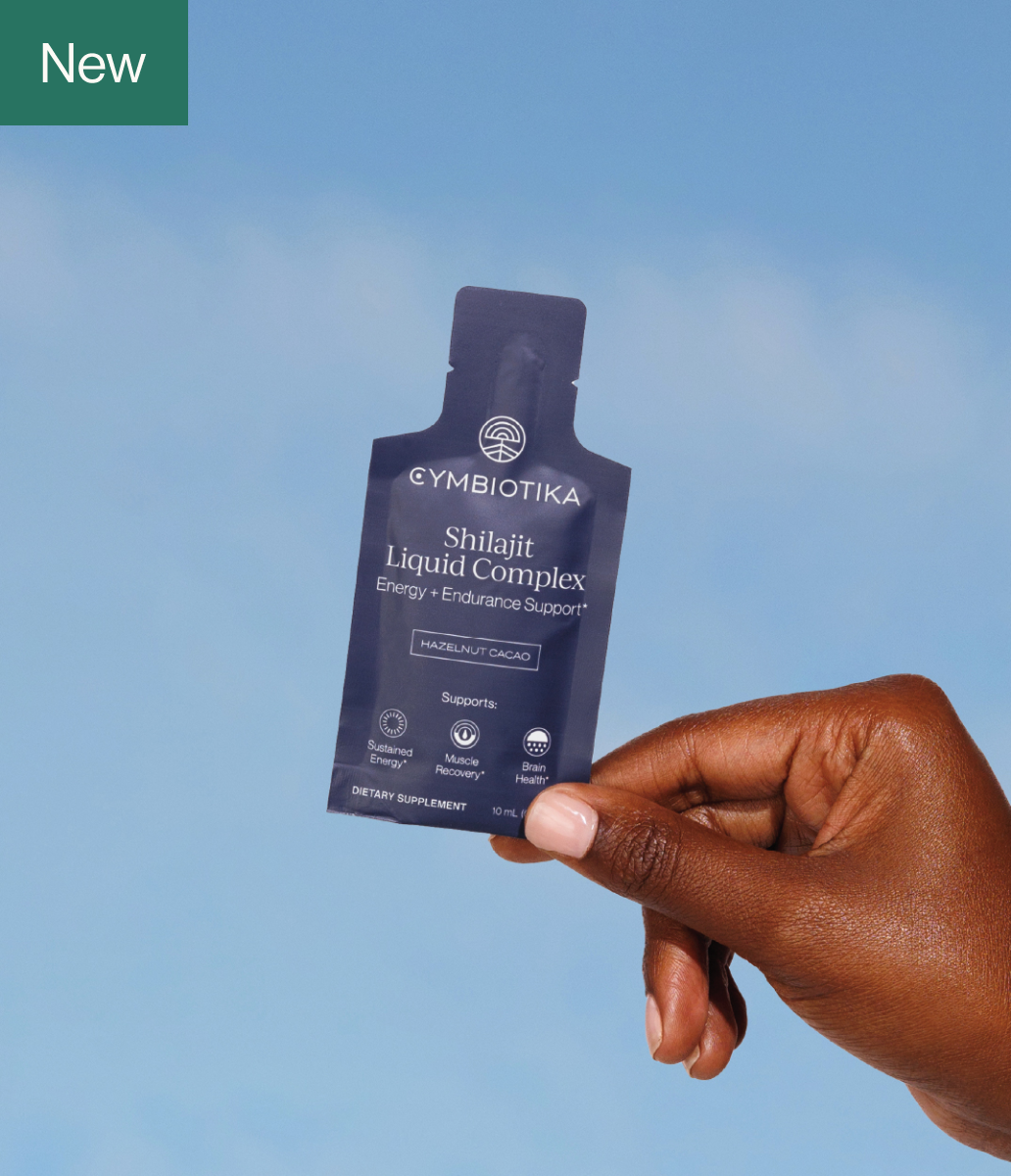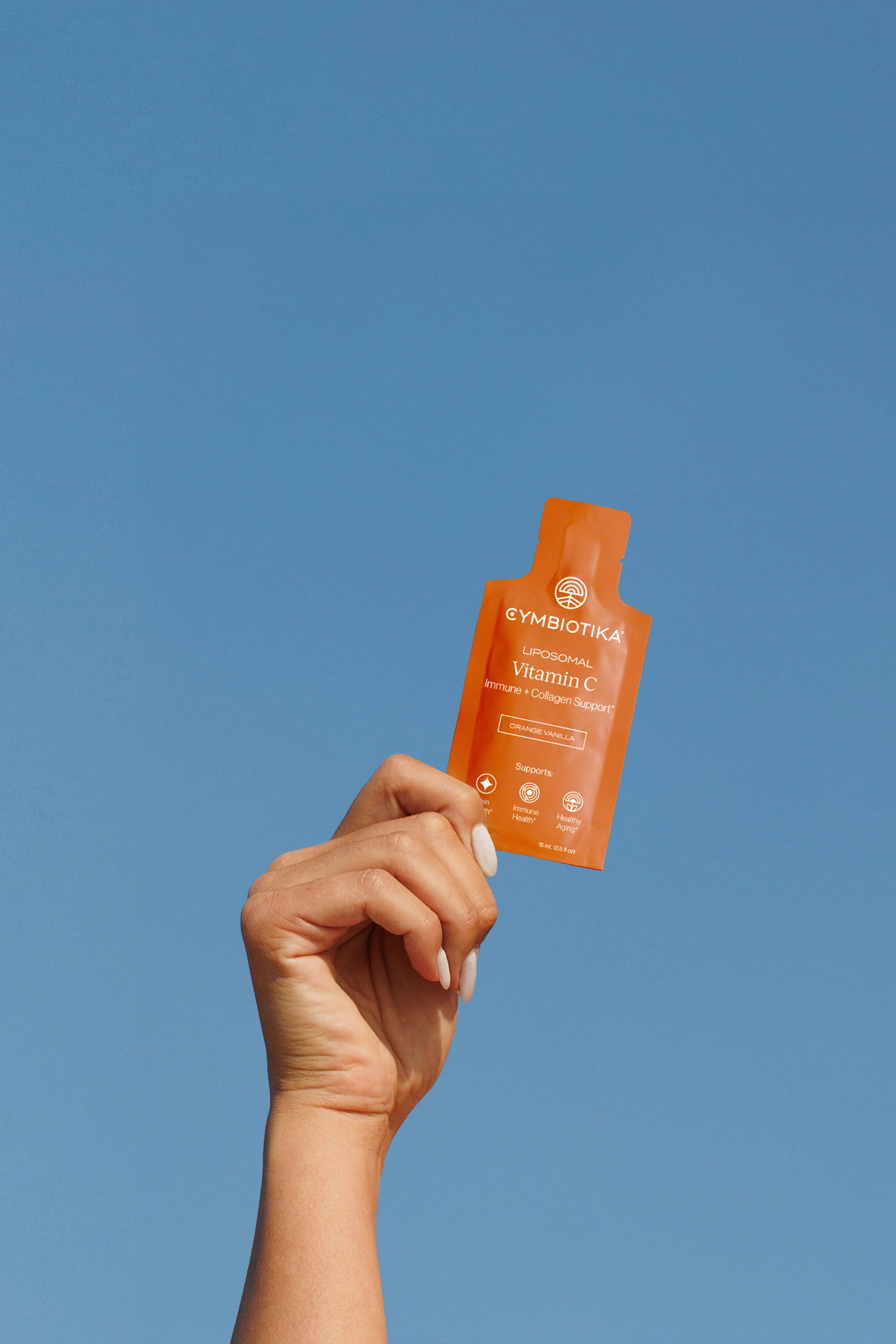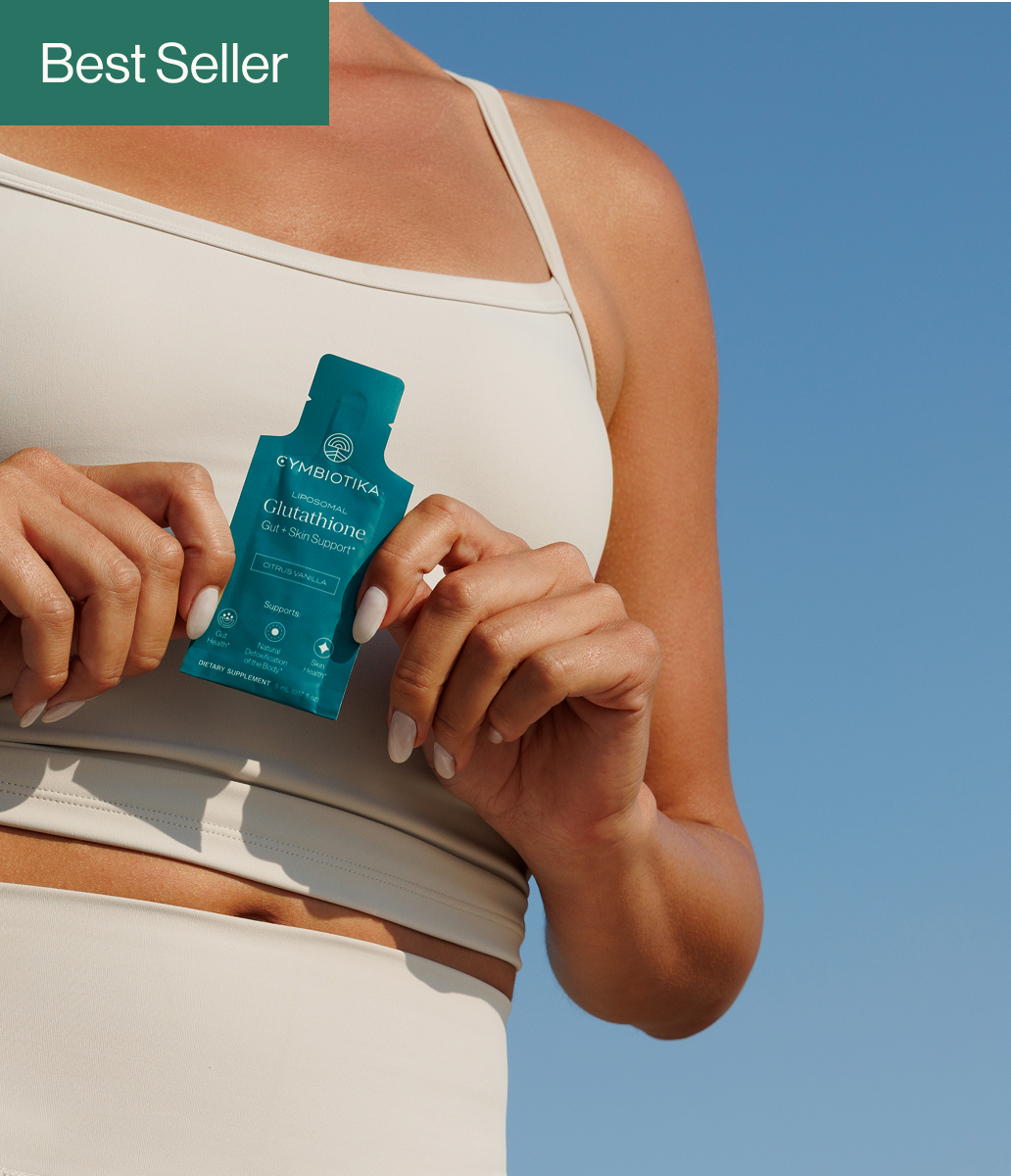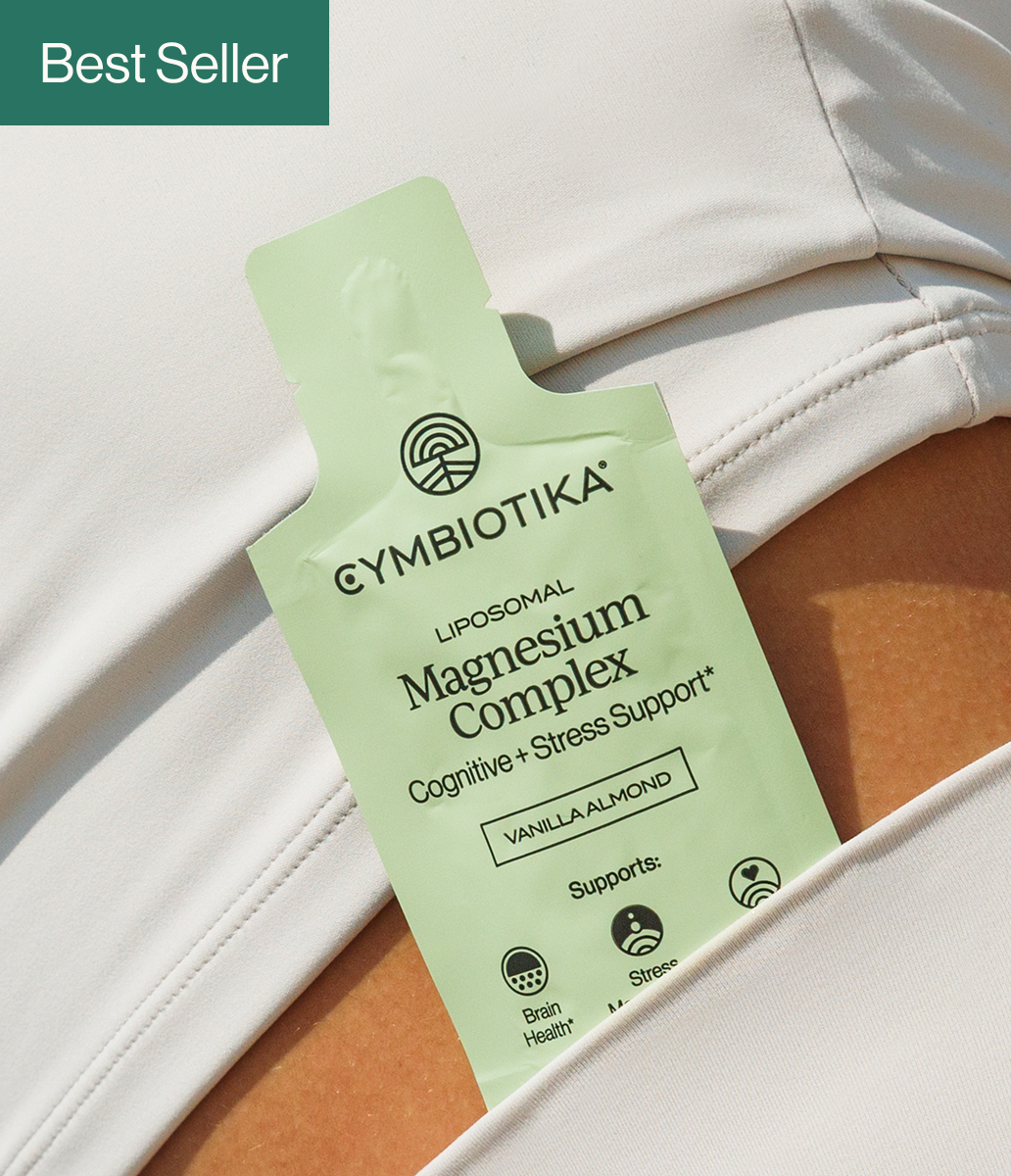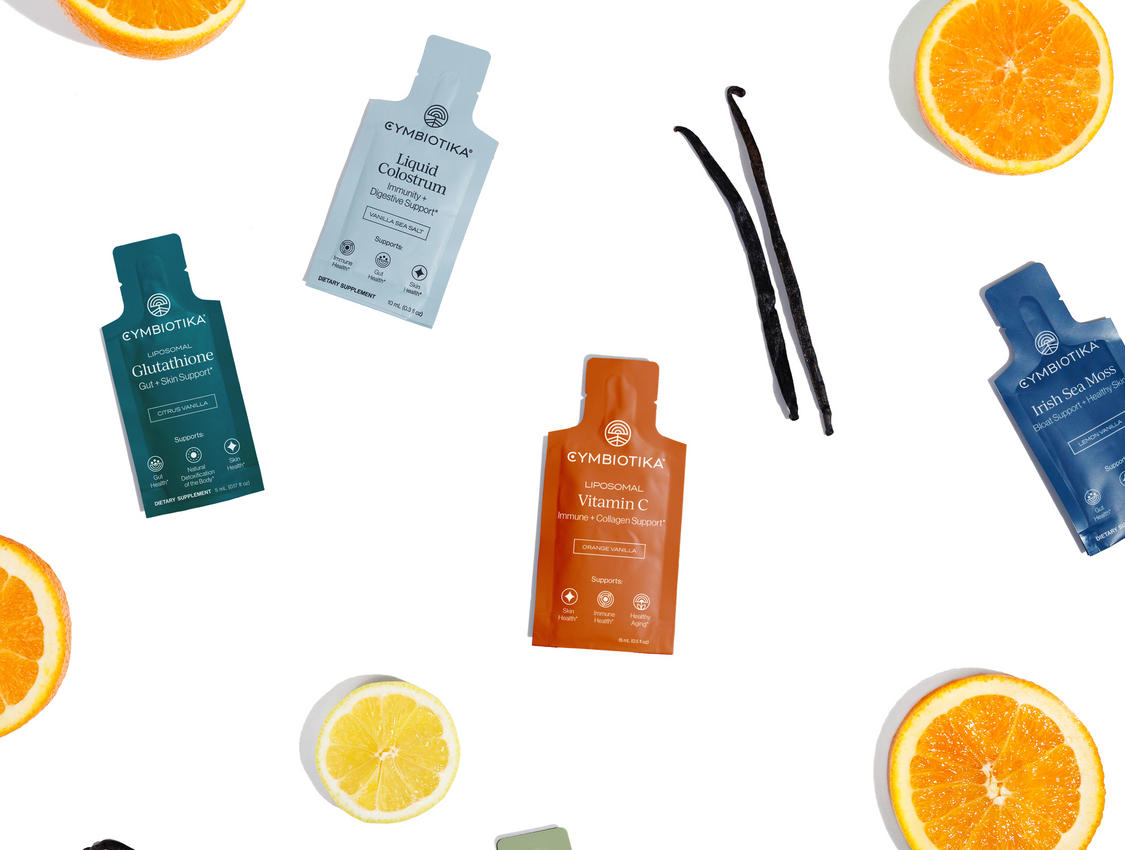Table of Contents
- Introduction
- What Does a Stress Rash Look Like?
- The Causes Behind Stress Rashes
- Treatment Options for Stress Rashes
- Preventive Strategies for Managing Stress
- Conclusion
Have you ever experienced an unexpected skin flare-up during a particularly stressful week? You're not alone. Many of us have felt the physical toll of stress manifesting on our skin, often in the form of a rash or hives. But what does a stress rash look like? This is a question that resonates with many who seek to understand the connection between our emotional states and skin health.
In this post, we will explore the phenomenon of stress rashes, diving into what they look like, their causes, treatment options, and preventive measures. By the end of this article, we hope to empower you with knowledge and actionable strategies for managing stress and its effects on your body.
Introduction
The relationship between stress and the skin is a complex one, often overlooked in discussions about well-being. Stress can trigger various physical responses, including conditions like hives, eczema, and other rashes. According to recent studies, stress is one of the leading factors that can exacerbate skin issues, affecting both emotional and physical health.
As we navigate through our lives, stressors can come from numerous sources: work demands, personal relationships, financial worries, and more. When stress becomes overwhelming, our body's response can include the release of hormones such as cortisol, which can lead to inflammation and skin irritation.
In this blog post, we will discuss the following key areas:
- What stress rashes look like and their common symptoms
- The underlying causes of stress rashes
- Treatment options and home remedies
- Preventive strategies to manage stress levels effectively
By understanding these aspects, we can better equip ourselves to tackle stress and its skin-related consequences.
What Does a Stress Rash Look Like?
A stress rash typically manifests as raised red bumps or welts on the skin, commonly referred to as hives. These welts vary in size and can appear anywhere on the body, though they are most frequently seen on the face, neck, chest, or arms.
Characteristics of a Stress Rash
-
Color and Size:
- On lighter skin, hives appear as red or pink raised welts.
- On darker skin, they may be less visible but can still cause texture changes or darker patches.
- Size can vary from tiny dots to large, dinner plate-sized welts.
-
Texture and Sensation:
- Hives are often itchy and may cause a burning or tingling sensation.
- They may appear in clusters and can change size and shape over time.
-
Duration:
- Stress-induced hives may last from a few hours to several days, with new hives potentially appearing as older ones fade.
- If the rash persists beyond six weeks, it may be classified as chronic urticaria.
-
Accompanying Symptoms:
- Individuals may experience additional symptoms such as swelling, particularly in the lips or throat, which warrants immediate medical attention.
Understanding what a stress rash looks like can help you identify it more easily and differentiate it from other skin conditions.
The Causes Behind Stress Rashes
Stress rashes are primarily caused by the body's natural response to stress. When we encounter stress, our body releases various hormones, including cortisol and histamine. These substances can cause inflammation and lead to skin reactions.
Key Factors Contributing to Stress Rashes
-
Hormonal Changes:
- The release of stress hormones can increase the permeability of blood vessels, allowing fluids to leak into surrounding tissues, resulting in hives.
-
Pre-existing Skin Conditions:
- Individuals with conditions like eczema, psoriasis, or allergies are more prone to stress rashes. Stress can exacerbate these existing issues, leading to flare-ups.
-
Environmental Triggers:
- Allergens, temperature changes, and irritants can also play a role. For example, pollen or pet dander combined with stress may heighten the skin's sensitivity.
-
Lifestyle Factors:
- Poor diet, lack of sleep, and insufficient hydration can weaken the skin's barrier, making it more susceptible to stress-induced reactions.
By identifying these underlying causes, we can better understand the importance of managing stress and maintaining overall skin health.
Treatment Options for Stress Rashes
While stress rashes can be uncomfortable, they are generally not considered dangerous. Most cases resolve on their own, but there are various treatment options available to help alleviate symptoms.
Home Remedies
-
Cool Compresses:
- Applying a cool, damp cloth to the affected areas can help soothe itching and reduce inflammation.
-
Over-the-Counter Antihistamines:
- Medications like Benadryl and Zyrtec can provide relief from itching and swelling. However, be mindful of potential drowsiness.
-
Hydrocortisone Cream:
- Topical corticosteroids can help reduce inflammation and itching, especially for localized rashes.
-
Oatmeal Baths:
- Adding colloidal oatmeal to a cool bath can help calm irritated skin and provide relief from itching.
-
Avoid Irritants:
- Wearing loose-fitting clothing and avoiding harsh soaps or chemicals can minimize further irritation.
When to Seek Medical Help
If your rash persists for more than a week, worsens, or is accompanied by other concerning symptoms like difficulty breathing or swelling of the throat, it's essential to consult a healthcare provider. They may prescribe stronger antihistamines or corticosteroids to help manage the rash effectively.
Preventive Strategies for Managing Stress
Managing stress effectively is key to preventing stress rashes. Here are some strategies we can adopt to help reduce stress levels:
-
Mindfulness and Meditation:
- Practicing mindfulness or meditation can help lower stress levels and improve overall mental well-being.
-
Regular Exercise:
- Physical activity releases endorphins, which can improve mood and reduce stress. Aim for at least 30 minutes of moderate exercise most days.
-
Adequate Sleep:
- Prioritizing quality sleep is crucial for stress management. Aim for 7-9 hours of restful sleep each night.
-
Healthy Eating:
- Consuming a balanced diet rich in whole foods, fruits, vegetables, and healthy fats can support your body in managing stress better.
-
Support Systems:
- Building strong relationships and having a support network can provide emotional relief during stressful times.
-
Professional Help:
- Seeking therapy or counseling can offer additional coping mechanisms and strategies to manage stress effectively.
Implementing these strategies can not only help manage stress but also improve our overall health and well-being.
Conclusion
Stress rashes are a common yet often misunderstood response to emotional stress. By recognizing their symptoms, understanding their causes, and exploring treatment and preventive measures, we can take proactive steps towards managing both our stress and our skin health.
At Cymbiotika, we believe that wellness starts with trust and knowledge. Our commitment to transparency and quality in our supplements aligns with empowering you to take control of your health. If you're looking to support your overall well-being, consider exploring our Stress Relief collection or take our AI quiz to discover which supplements might best suit your needs.
FAQ Section
What does a stress rash look like?
A stress rash typically appears as raised red bumps or hives that can vary in size and location, often accompanied by itching or burning sensations.
How long do stress rashes last?
Stress rashes usually resolve within hours to a few days, but if they persist for longer than six weeks, they may require medical attention.
How can I treat a stress rash at home?
Home treatments may include cool compresses, over-the-counter antihistamines, and topical corticosteroids. Oatmeal baths can also help soothe the skin.
When should I see a doctor for a stress rash?
Consult a healthcare provider if the rash lasts more than a week, worsens, or is accompanied by severe symptoms like difficulty breathing or swelling.
Can stress rashes be prevented?
Yes, managing stress through mindfulness, exercise, proper sleep, and a healthy diet can help prevent stress rashes from occurring.
*These statements have not been evaluated by the Food and Drug Administration. This product is not intended to diagnose, treat, cure, or prevent any disease.
